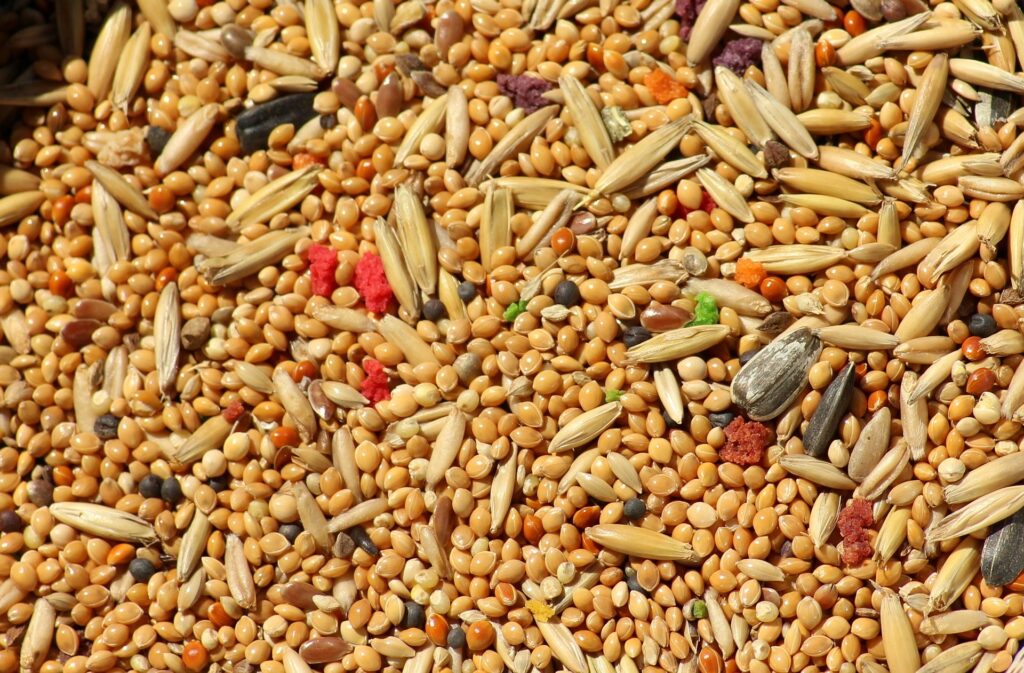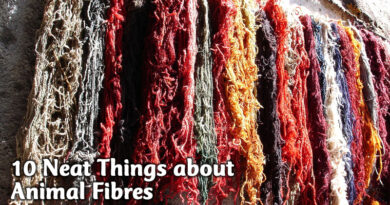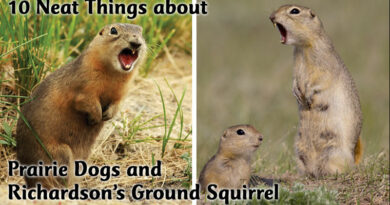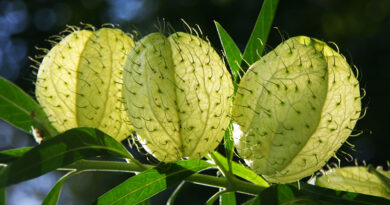Feathered Friends: Is your bird seed mix poisoning your birds?
Feathered Friends with Sherrie Versluis
Wild bird products are found almost anywhere these days at hardware stores, gardening centres, and even grocery stores and bulk food places. Unfortunately, this is an area where there are very few, if any regulations on what is packaged and sold for birds. Understandably, many people shop based on price but in most cases, the cheapest bird seed can be a waste of your money and may be even harmful to you or the birds.
When I first became interested in birds many years ago, I started the same way most people did. I bought a standard wooden feeder and a basic wild bird mix. The results were not exactly great but I thought that’s just the way it is. My feeder was full of house sparrows which were bullies to all the other birds; seed was spilled all over the place, and the feeder required filling at least a couple times a day if not more. At the end of every winter I had a mountain of seed under the feeder and cleanup was not pleasant.
This mess brought me some furry, rather than feathered, friends that were not invited to this seed party. To top it off, I could never clean the ground perfectly so what was left behind started to grow, and grow, and GROW! It was at this point I became a certified unintentional gardener. After a few winters of this disastrous situation I decided there had to be a better way. I started to research feeding wild birds which flourished to the point of owning The Preferred Perch. Thankfully, those messy days are over and my birds and I could not be happier.
When it comes to bird feed, most think the more variety in the mix the better. This is not the case. Mixes contain as much as 80% fillers which no backyard bird will eat. Fillers include grains like barley, wheat, oats, milo, and corn. These fillers have good weight to them and make up the majority of what you get in a bag. The amount of edible seed is minimal and this is what causes birds to scatter, they are digging for something to eat. Most of the low quality seed mixes are made up of ingredients that were not up to standards for other uses, such as human use. Sometimes you will find a mix that contains peanuts which seems like a bonus but this can be a problem to you and the birds.

Peanuts and corn can sometimes have a mold called Aspergillus flavis and this mold produces a potent carcinogen called Aflatoxin. Eating anything that contains Aspergillus flavis can be very harmful and can even cause death. This was discovered in 1960, when 100,000 turkeys died in England after eating peanut meal that was contaminated with the mold. Sometimes peanuts and even corn that have the aspergillus are used in poor quality seed mixes. In appearance, the tainted products may appear darker in color, are shrivelled looking, or have a dust-like coating on them. Basically, if the seeds don’t look good enough for you to eat, they are probably not good for anything to eat. Sadly, there are no government regulations in the wild bird industry of what is acceptable or not for food. This means that seeds and nuts that are not approved to be safe for any other industry can be sold to wild bird companies to produce inexpensive seed mixes commonly sold in department stores.
Another problem with messes around birdfeeders is the potential to spread diseases among wild birds. Mycoplasmal conjunctivitis is a parasitic bacterium that can take a real toll on songbirds especially the finch family. Symptoms include inflamed eyes, discharge around eyes and nasal area, fluffed up feathers, and the birds may sit for prolonged periods breathing heavily around birdfeeders. They also are quite easy to catch as they can be very lethargic. Conjunctivitis is primarily a respiratory infection but once a bird is infected it can spread to other birds through their feces or the discharge left behind at feeders. Clean your feeders three or four times a year with a solution of water and vinegar, or with a small amount of bleach and a drop of dish soap. If you have had a sick bird at your feeders contact The Wildlife Haven so they may treat the bird and then be sure to disinfect your feeders.
To get the best results at your feeding station, use only one food per feeder such as Black oil sunflower or use a quality mix that does not contain fillers. If the mix has all edible products in it then even what falls on the ground will be eaten by ground-feeding birds, squirrels, or rabbits. Consider using a shelled mix so there are no shells and everything will be eaten. Using a tube feeder rather than a hopper will reduce seed spillage and most have the option of attaching a tray. The tray serves as a seed catcher which really helps in keeping it clean. Making the right choices in your feeders but especially in the feed, will make all the difference in your success in attracting and feeding birds throughout the year. When spring comes, your cleanup will be minimal and you won’t be picking weeds for the rest of the season.
Happy birding!
Sherrie Versluis is the owner of The Preferred Perch, 1604 St. Mary’s Rd.







